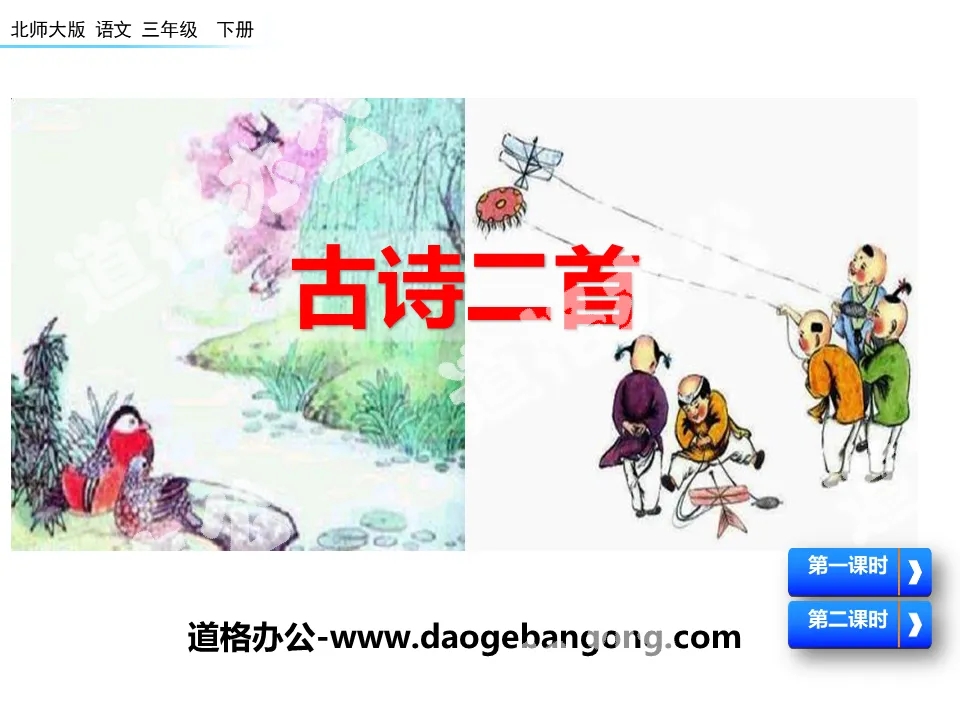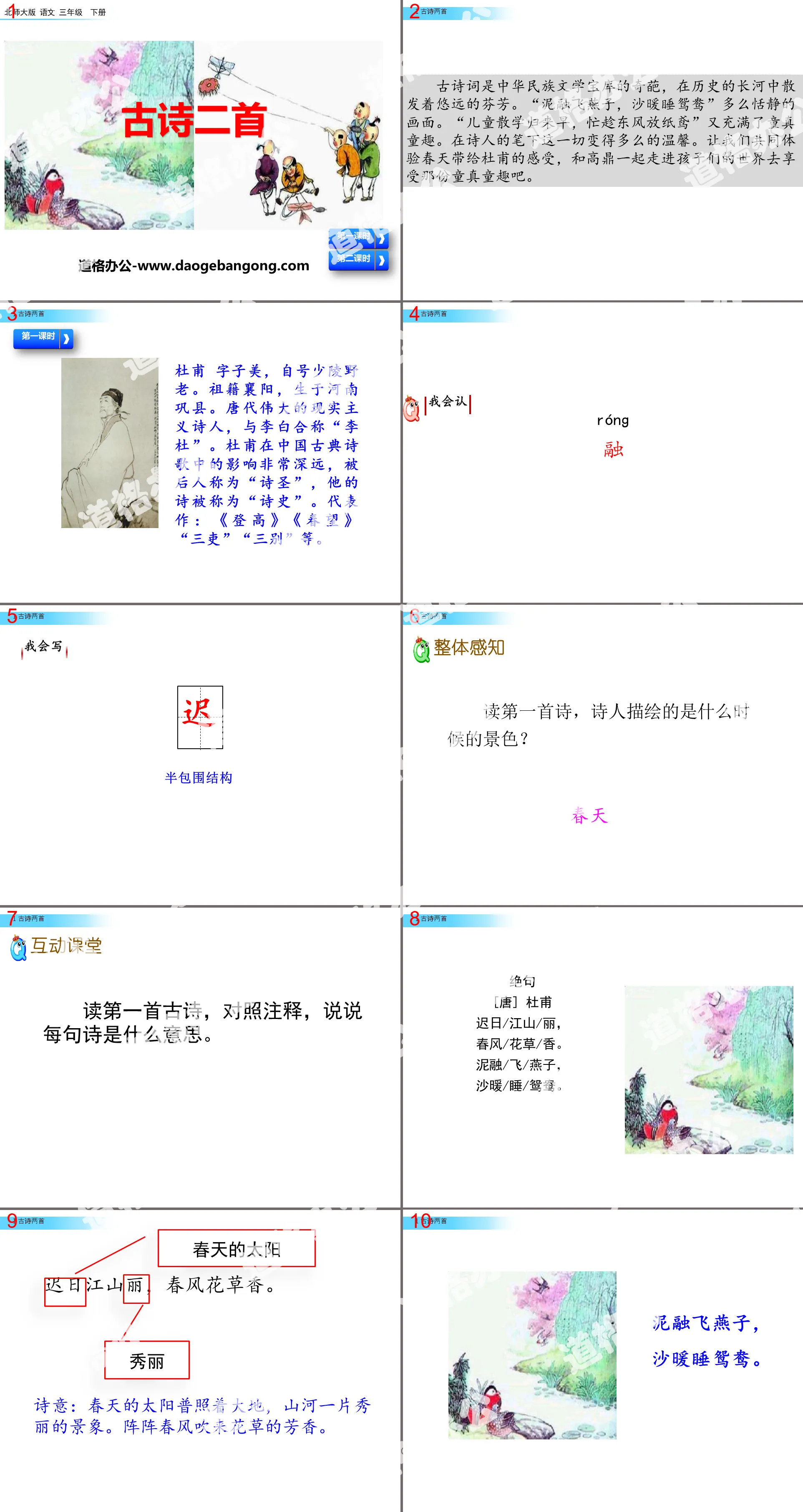The second volume of first-grade Chinese compiled by the People's Education Publishing House
The second volume of fifth-grade Chinese compiled by the People's Education Publishing House
The first volume of Chinese language for eighth grade compiled by the People's Education Publishing House
The first volume of first-grade Chinese compiled by the People's Education Publishing House
The first volume of ninth-grade Chinese compiled by the People's Education Publishing House
The first volume of fourth-grade Chinese compiled by the People's Education Publishing House
The first volume of Chinese language for sixth grade compiled by the People's Education Publishing House
The second volume of Chinese language for eighth grade compiled by the People's Education Publishing House
The first volume of Chinese language for fifth grade compiled by the People's Education Publishing House
The first volume of second-grade Chinese compiled by the People's Education Publishing House
Hunan Education Edition Third Grade Chinese Language Volume 1
The second volume of fourth-grade Chinese compiled by the People's Education Publishing House
The second volume of second-grade Chinese compiled by the People's Education Publishing House
The first volume of third-grade Chinese compiled by the People's Education Publishing House
The second volume of Chinese language for sixth grade compiled by the People's Education Publishing House
The second volume of seventh-grade Chinese compiled by the People's Education Publishing House

| Category | Format | Size |
|---|---|---|
| Beijing Normal University Edition Third Grade Chinese Volume 2 | pptx | 6 MB |
Description
"Two Ancient Poems" PPT courseware download
Part One: First Lesson
Du Fu, whose courtesy name is Zimei, calls himself Shaoling Yelao. His ancestral home is Xiangyang, and he was born in Gong County, Henan Province. A great realist poet in the Tang Dynasty, he and Li Bai were collectively known as "Li Du". Du Fu had a profound influence on Chinese classical poetry. He was called the "Sage of Poetry" by later generations, and his poems were called the "History of Poetry". Representative works: "Ascend the High", "Spring Hope", "Three Officials", "Three Farewells", etc.
I will admit it
melt
I can write
Late
semi-enclosed structure
overall perception
Read the first poem. When is the scene described by the poet?
spring
Interactive classroom
Read the first ancient poem, compare it with the annotations, and explain what each line of the poem means.
The rivers and mountains are beautiful in Chiri, and the spring breeze is fragrant with flowers and grass.
Poetic: The spring sun shines on the earth, and the mountains and rivers are a beautiful scene. The spring breeze brings the fragrance of flowers and plants.
The mud melts and swallows fly, and the sand is warm and mandarin ducks sleep.
These two sentences describe swallows and mandarin ducks in various pen and ink styles. Imagine: the soil is moistened by the spring rain, and the sand is warmed by the sun. The light and cute little swallows flew around making nests in the mud, and the beautiful mandarin ducks lay quietly on the sand, motionless.
Poetry: Swallows are busy building nests with wet mud in their mouths, and pairs of mandarin ducks are sleeping on the warm sand.
Topic Summary
This poem captures the unique scenery of spring and depicts a clear and gorgeous _________. It expresses the poet's mood of ________ after ending his wandering life, and also expresses the poet's feelings for _________.
Classroom drill
1. Determine right and wrong.
1. The "Yuanyang" in "Sha Nuan Sleeping Yuanyang" is a kind of bird ()
2. Du Fu and Li Bai lived in different eras. ( )
2. Look at the pictures and answer the questions.
1.Write the last two sentences of this poem based on the picture.
The mud melts and the swallows fly,
The mandarin ducks sleep in the warm sand.
2. The author of this poem is ___(dynasty)_______
Two ancient poems PPT, the second part of the content: the second lesson
Du Fu expressed his praise and love for spring in "Queju". Next, I will study another ancient poem "Village Dwelling" to see what kind of feeling the author will bring us.
Gao Ding was a poet in the late Qing Dynasty. The character is Xiangyi, and the character is Zhuowu. A native of Renhe (now Hangzhou City, Zhejiang Province). Gao Ding lived after the Opium War, around the Xianfeng period (1851-1861). He had little deeds, and most of his poems were out of date with that era. Most people mention him only because he wrote a poem about kite flying called "Village Village". "Residence". His works include "Zhuowu Poetry Draft" and so on.
I will admit it
drunk
overall perception
When reading "Village House", what scenery did the poet describe? What emotions are expressed?
grass, warbler, willow, children, paper kite
It shows the poet's love for children and his praise for spring.
Interactive classroom
Read the ancient poem freely, compare it with the annotations, and explain what each line of the poem means.
The grass is long and the orioles are flying in the February sky, and the willows are blowing on the embankment and are drunk with the spring smoke.
Poetry: In the second month of the lunar calendar, the grass in front and behind the village has gradually sprouted and grown, and orioles are flying here and there. The willows are covered with long green branches, swaying in the wind, as if gently stroking the embankment. The water vapor that evaporates between the water and vegetation condenses like smoke. The willows seem to be intoxicated by this rich scenery.
The children came back early from school and were busy taking advantage of the east wind to fly kites.
Poetic: The children in the village hurried home after school and took advantage of the east wind to fly kites into the blue sky.
Think about it: What picture does this poem paint for us?
It describes the poet's joy at the coming of spring when he lived in the countryside, the spring scenes he saw and the scene of children flying kites after school.
Discussion: How do these two poems differ in content and emotion?
"Queju" captures the characteristics of some spring scenery and depicts a beautiful spring scene. "Village Residence" not only writes about the scenery of spring, but also about the people and things in spring. It depicts a happy spring picture full of innocence and childishness.
Classroom drill
1. Read the pinyin and write the words.
cūn jū yán� liǔ chèn rèn
( )( )( )
2. Explain the meaning of dotted words and verses.
(1) Chiri, the mountains and rivers are beautiful, and the spring breeze is fragrant with flowers and plants.
Chiri: the spring sun
The spring sun shines on the earth, the mountains and rivers are a beautiful scene, and the spring breeze blows the fragrance of flowers and plants.
(2) Children come back early from school and are busy flying kites in the east wind.
After school: ____________ Zhiyuan: _________
____________________________
____________________________
Keywords: Free download of Chinese PPT courseware for the third grade of Beijing Normal University, two ancient poems PPT download, village life PPT download, quatrain PPT download, .PPT format;
For more information about the PPT courseware "Two Ancient Poems on Quatrains and Living in the Village", please click on the tag of "Two Ancient Poems on Quatrains and Living in the Village" ppt.
Download the PPT for the third lesson of "Three Ancient Poems":
Download PPT for the third lesson of "Three Ancient Poems" Part 1: Objectives of this lesson 1. Read and recite ancient poems correctly, fluently and emotionally. (emphasis) 2. Guide students to use various forms to recite poems repeatedly and develop imagination based on specific contexts, so that students can...
Download the PPT for the second lesson of "Three Ancient Poems":
The first part of PPT download for the second lesson of "Three Ancient Poems": The new lesson is introduced to the desert of the Western Regions, which is sparsely populated. This is Liangzhou, an important frontier town in the Tang Dynasty. The local songs in Liangzhou are mixed with the tunes of ethnic minorities, which is unique and people call it For Liangzhou Ci, many poets...
"Three Ancient Poems" PPT download for the first lesson:
Download the PPT for the first lesson of "Three Ancient Poems" Part One: Objectives of this lesson 1. Study "Out of the Fortress", understand the meaning of the ancient poem, and experience the thoughts and feelings expressed by the poet. (Key points) 2. Try your best to create a poetic atmosphere, stimulate students' interest in learning, and speak emotionally...
File Info
Update Time: 2024-11-22
This template belongs to Chinese courseware Beijing Normal University Edition Third Grade Chinese Volume 2 industry PPT template
"Two Ancient Poems" PPT courseware download Simple campus recruitment activity planning plan summary enterprise and institution recruitment publicity lecture PPT template is a general PPT template for business post competition provided by the manuscript PPT, simple campus recruitment activity planning plan summary enterprise and institution recruitment promotion Lecture PPT template, you can edit and modify the text and pictures in the source file by downloading the source file. If you want more exquisite business PPT templates, you can come to grid resource. Doug resource PPT, massive PPT template slide material download, we only make high-quality PPT templates!
Tips: If you open the template and feel that it is not suitable for all your needs, you can search for related content "Two Ancient Poems" PPT courseware download is enough.
How to use the Windows system template
Directly decompress the file and use it with office or wps
How to use the Mac system template
Directly decompress the file and use it Office or wps can be used
Related reading
For more detailed PPT-related tutorials and font tutorials, you can view: Click to see
How to create a high-quality technological sense PPT? 4 ways to share the bottom of the box
Notice
Do not download in WeChat, Zhihu, QQ, built-in browsers, please use mobile browsers to download! If you are a mobile phone user, please download it on your computer!
1. The manuscript PPT is only for study and reference, please delete it 24 hours after downloading.
2. If the resource involves your legitimate rights and interests, delete it immediately.
3. Contact information: service@daogebangong.com
"Two Ancient Poems" PPT courseware download, due to usage restrictions, it is only for personal study and reference use. For commercial use, please go to the relevant official website for authorization.
(Personal non-commercial use refers to the use of this font to complete the display of personal works, including but not limited to the design of personal papers, resumes, etc.)
Preview










